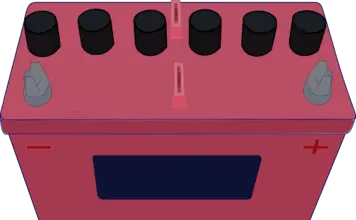Reverse engineering is the analysis of a system that is aimed at researching its design principles.
Although reverse engineering is most often used for the purpose of copying a product, in whole or in part, or drawing inspiration from it to make a competing product,
it can also be used to transfer existing software from one platform to another and in another programming language.
Indeed, when software documentation is deficient, reverse engineering can be useful to restore the original design requirements of a product.
Table of Contents
What are the various reasons to use reverse engineering?
- The original design is not supported by sufficient or proper documentation.
- The original CAD model is not sufficient to support current manufacturing processes and/or modifications.
- The original manufacturer no longer exists or no longer makes the product, but there are needs for the product.
- Worn or broken components for which there is no source of supply.
- Functionality enhancement.
- Analysis of the functionality of competitors’ products.
- Improved performance and/or product features.
- Lack of additional parts (replacement parts).
- Upgrading outdated materials or outdated manufacturing processes.
Reverse engineering in electronics
There is the possibility of redoing an electronic diagram by analyzing a printed circuit, it is also possible to recover the assembler code of certain integrated circuits (PIC, FPGA, ARM, …), if the protection has not been activated .




